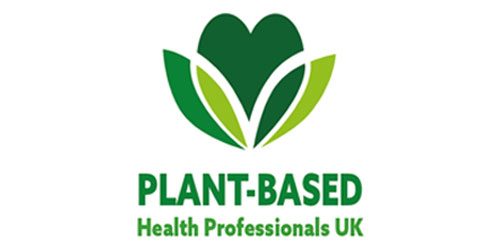Project Seagrass
Project Seagrass
Theme: Nature-based projects
Company/charity name: Project Seagrass
Where: National (I visited Bridgend, Wales)
When: Mon 24 July 2023
Why this project is important
I love seaweed, but it is on he decline. The UK has lost 92% of its seagrass meadows which is why seagrass restoration is taking place.
Yet, why is seagrass so important to protect and restore?
There are several reasons:
Biodiversity and Habitat: Seagrass meadows are among the most productive ecosystems on Earth, supporting a diverse range of marine life. They provide essential habitat, nursery areas, and feeding grounds for a variety of marine species, including fish, invertebrates, and birds. Restoring seagrass helps preserve and enhance the biodiversity of coastal ecosystems.
Carbon Sequestration: Seagrasses are highly efficient at capturing and storing carbon dioxide from the atmosphere through photosynthesis. They can sequester carbon at rates up to 35 times faster per unit area than terrestrial forests. By restoring seagrass meadows, we can mitigate the impacts of climate change by removing carbon dioxide from the atmosphere and storing it in the ocean.
Coastal Protection: Seagrass meadows act as natural buffers against coastal erosion and storm surges. They reduce wave energy and stabilize sediments, helping to protect shorelines from erosion and minimizing damage caused by storms.
Water Quality: Seagrasses improve water quality by acting as natural filters. They trap and remove pollutants, excess nutrients, and sediment from the water, thus helping to maintain clearer and healthier marine environments.
Fish Support: Seagrass meadows are crucial for supporting many fish species, which use seagrass habitats as breeding and nursery grounds, and the presence of healthy seagrass ecosystems can boost fish populations.
Tourism and Recreation: Seagrass habitats enhance the aesthetic value of coastal areas and contribute to recreational activities such as snorkeling, scuba diving, and boating. Restoring seagrass meadows can boost ecotourism and local economies dependent on coastal activities.
Climate Adaptation: With rising sea levels and increased frequency of extreme weather events due to climate change, seagrass restoration can play a role in building coastal resilience. The presence of healthy seagrass meadows can reduce the impacts of storm surges and provide more stable coastlines.
Indicator of Ecosystem Health: The presence and health of seagrass ecosystems can serve as an indicator of the overall health of coastal ecosystems. Restoring seagrass can help assess and monitor the well-being of marine environments.
Cultural and Traditional Value: Seagrass habitats often hold cultural and traditional significance for local communities. By restoring these ecosystems, we can preserve cultural heritage and strengthen community ties to their coastal environments.
Overall, seagrass restoration is a crucial component of marine conservation efforts, with wide-ranging benefits for biodiversity, climate change mitigation, coastal protection, and sustainable resource management. Protecting and restoring seagrass habitats is essential to maintaining the health and resilience of our coastal ecosystems.
What IS PROJEC SEAGRASS?
Project Seagrass is a non-profit organization committed to the conservation and restoration of seagrass ecosystems around the world. Through scientific research, they strive to deepen our understanding of seagrass ecology, distribution, and the crucial roles these marine habitats play in supporting biodiversity and maintaining ecosystem functions.
Project Seagrass engages in active conservation efforts to protect existing seagrass meadows from various threats such as coastal development, pollution, climate change, and destructive fishing practices.
Additionally, they focus on restoration projects, working diligently to revitalise degraded or lost seagrass habitats through planting and creating conditions conducive to seagrass growth.
Education and outreach form essential components of their mission, as they aim to raise awareness among local communities, policymakers, and the general public about the significant value of seagrass ecosystems.
By advocating for seagrass conservation and collaborating with other organisations, research institutions, and governmental bodies, Project Seagrass endeavours to make a lasting positive impact on the health and resilience of these vital coastal environments.
What can i do to get involved
The next time you’re at a beach, look out for some seagrass and record it using Seagrass Spotter. Being able to record where seagrass is – and where it used to be – enables charities like Project Seagrass to help restore our coastal areas.
Visit Project Seagrass & donate / volunteer
Record areas of seagrass online
Busy seaweed products & cosmetics
Article on seagrass role with climate change
Project Sponsors & Supporters





